While planning for our home lighting solutions, we are often confused by the various options available before us.
Earlier, our choices were limited to tungsten or fluorescent, but now we have the LED ones, which claim to be better. LED is the short form of Light Emitting Diode, is a lamp that emits light in a narrow wavelength, due to which it becomes more energy efficient.
[amazon box=”B07VL8FZS1″]On the other hand, a Fluorescent lamp is one that emits light of a much wider wavelength.
A few years back, when we didn’t have LEDs, there were CFL’s or compact fluorescent lamps. These lamps emitted light from a mix of phosphorus inside the bulb.
[amazon box=”B00HEYCRI8″]The CFL’s used less energy and lasted longer than traditional tungsten lamps. However, they contained toxic mercury, which made disposal an environmental hazard.
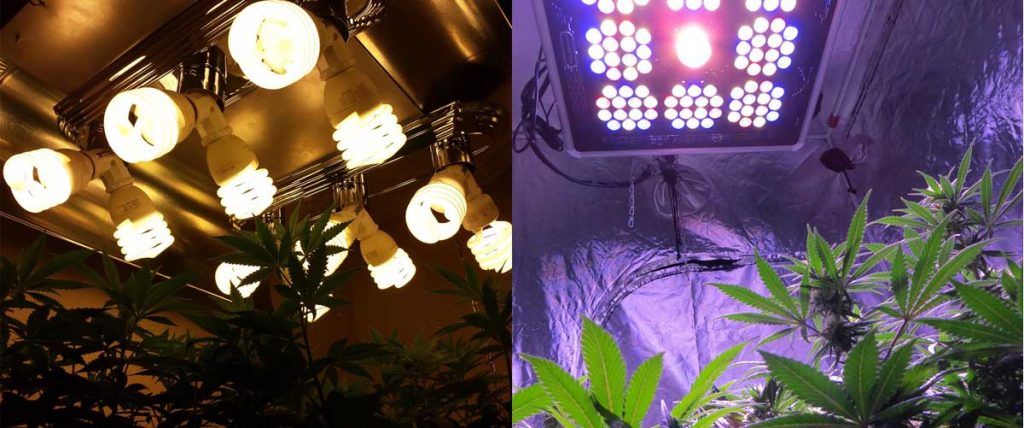
To know why LED technology is overpowering CFL’s, we need to know some facts, some of which are given below:
- LED’s produce the same amount of light as the CFL but consume less energy. As such, energy requirement is much less as a whole when we talk of a city or nation. It is often said that ‘Energy saved is energy produced’ and LED’s do justice to this.
- Since LEDs do not have a filament, they do not get easily damaged. On the other hand, filament-based lamps tend to get damaged in transit or mishandling.
- The LED bulb lasts for 50,000+ hours while the CFL lasts for 10,000 to 15,000 hours, leading to savings and less maintenance. From the point of view of a shopping mall or office, this would be a boon as it would reduce unnecessary hassles of continuously replacing lights on a rotational basis.
- At this rate, an average household needs to change an LED light once every five years, even if they continue to use it for 24 hours a day.
- LEDs do not generate heat like fluorescent lamps, which use heat to generate light. They maintain a constant temperature. Due to prolonged use, fluorescent lamps may impact the room temperature if used in abundance.
- The life span of fluorescent lamps reduces due to constant switching on and off while LED’s do not suffer from any damage. At times people may be tempted to leave the fluorescent lamp glowing to avoid damage, ultimately impacting the total power consumption.
- LED’s are much safer as they do not blow or burn out in the way the CFL bulbs do.
- If you investigate one LED bulb’s life span, it is equal to 5 fluorescent bulbs, producing less waste going to the landfills by 80%.
- When we talk about the world’s energy usage, it has been found that 20% of the world’s energy is consumed by lighting alone. If we bring about a small change by shifting from fluorescent to LED, we can save 75% of CO2 and other pollutants released by the fluorescent lights.
- When we shift from fluorescent to LED even in our workspace, it transforms the place into a much brighter and inspiring environment.
- The quantity of light emitted during an LED’s lifetime remains the same throughout, which in the case of the fluorescent, it decreases by almost 30% towards the end of its rated life. This may require out of turn replacement incurring additional cost.
- LED lamps and tubes are free from Lead, Mercury, and other toxic components that make them safe for everyone in any accidental breakage. On the other hand, fluorescent lamps have mercury, which is harmful to humans and the environment.
- LED lamps are easy to recycle, non-toxic, and made of plastic and electronic parts, while fluorescent lamps must be taken apart. Individual parts made of glass, plastic, metal, and mercury are disposed of separately.
- Due to mercury, fluorescent lamps cannot and should not be disposed of in landfills. They need specialized agencies to dispose of.
- LED’s are comfortable and safe to install and replace. Since they are not made of glass and do not contain any harmful chemicals, any layman can safely handle them.
- Fluorescent tubes depend on the ballast, which may fail earlier than the life span. In such cases, it starts blackening or begins to flicker, causing strain, headache to the persons who are photosensitive to epilepsy.
- If we talk about LED’s, due to its narrow wavelength, it is more energy-efficient and produces light that renders a color which is like the natural daylight. As such, they are more soothing to the eyes.
- The LED’s come to full brightness without the need for a warm-up time. On the other hand, fluorescent lamps need to warm up before reaching their optimum output. In cold weather, this may be delayed.
In conclusion, we may say that though LED’s are generally more costly, they save a lot of energy and prove to be pocket friendly in the long run.
They are also environmentally friendly, which is more than enough reason for us to shift to them. The risk to the health of our near and dear ones from the use of fluorescent lamps is something that is not to be compromised with.
Whenever we can buy LED or fluorescent, there is no doubt LED comes up to be a clear winner.

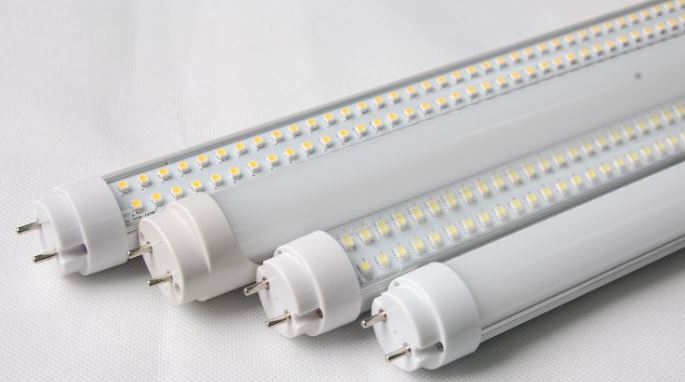
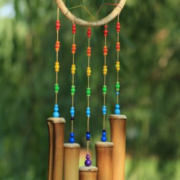
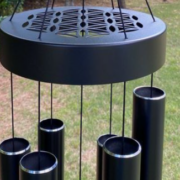
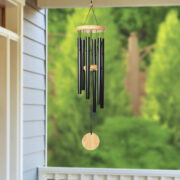
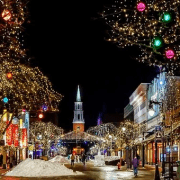
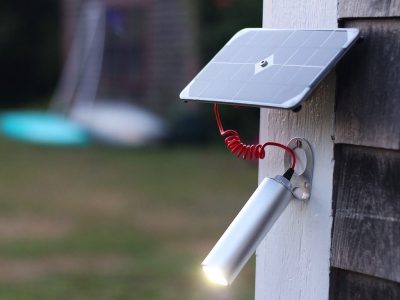
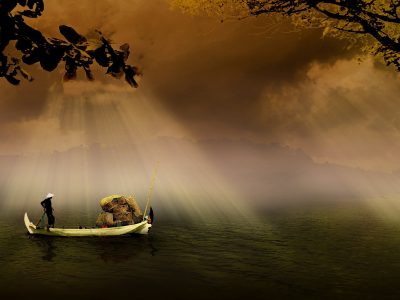



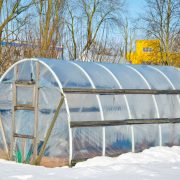


[…] generally compared with each other with different approaches like LED is better than fluorescent, led vs fluorescent grow lights, etc. The most basic difference between them both is their structure and availability; fluorescent […]
[…] hope this blog post has been helpful in providing some insights into whether or not LED vs Fluorescent grow lights are effective for a hydroponics garden. If you have any questions, please contact […]